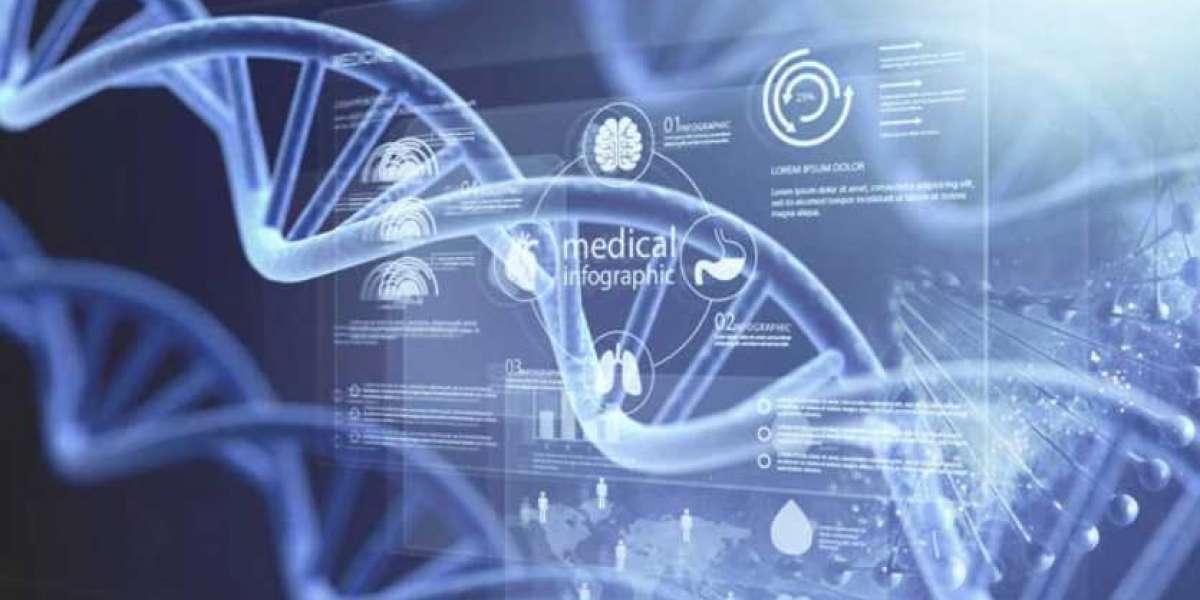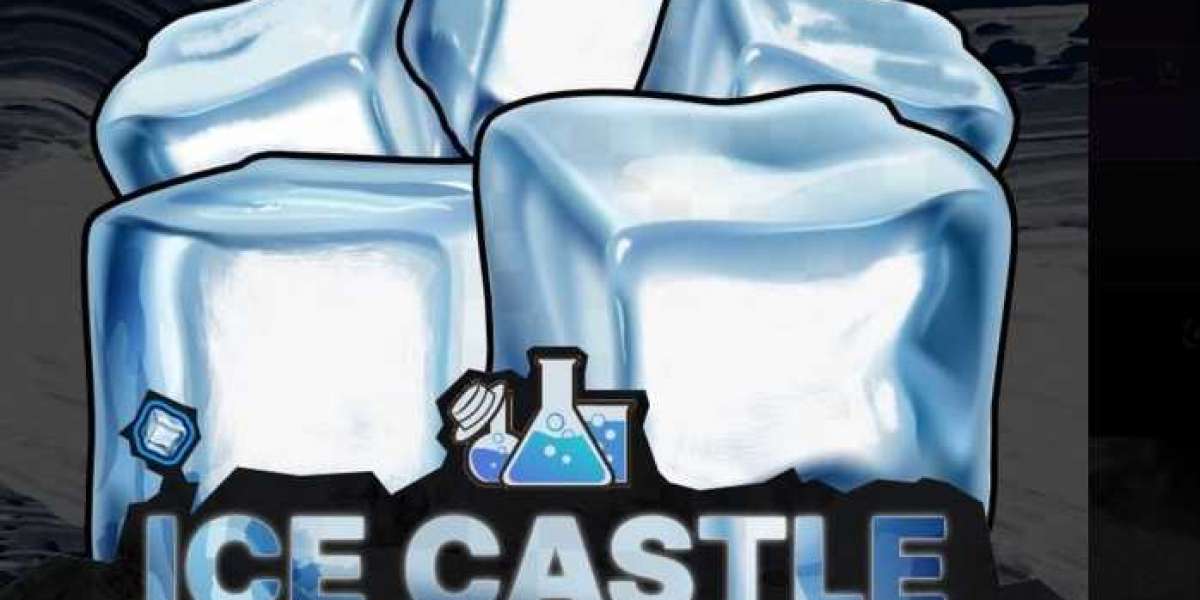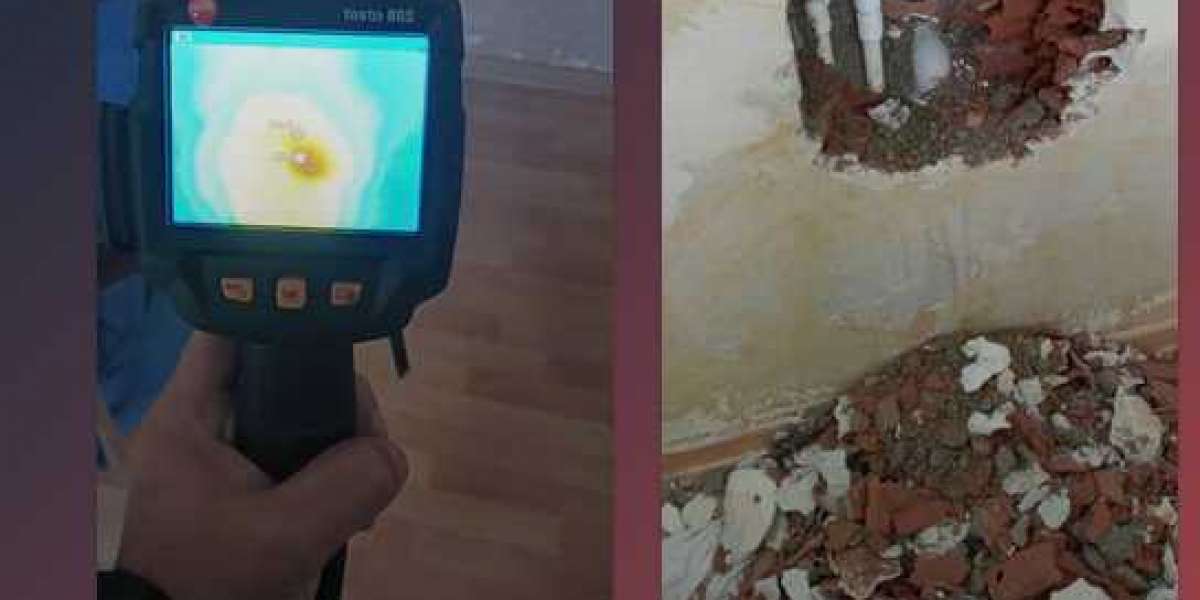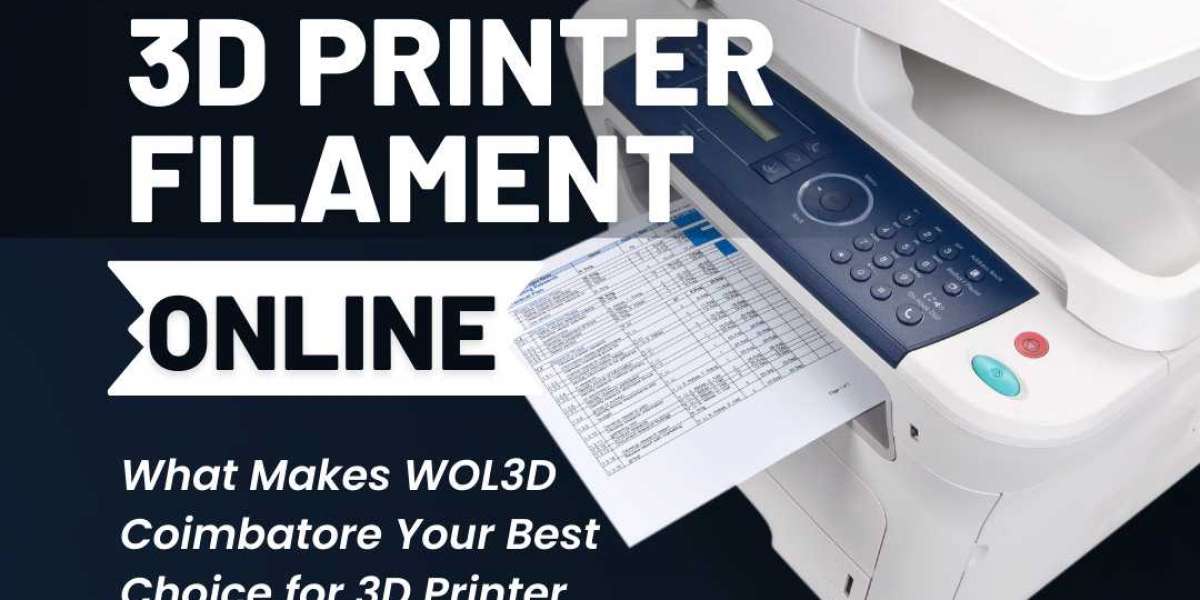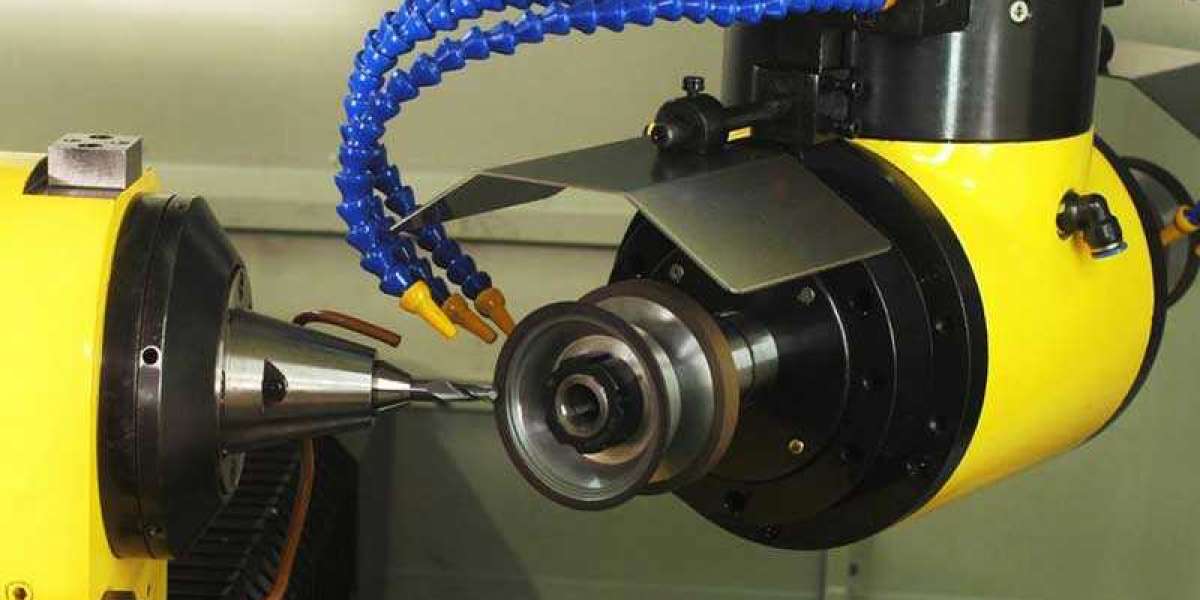The analysis of impurities in drugs is a very important part. This paper focuses on the important role of the source analysis of impurities and focuses on the development of analytical techniques in the process of impurity research, especially the development of mass spectrometry technology in structure identification.
Source analysis of impurities
Impurities in a drug can arise from manufacturing as well as distribution. According to ICH guidelines, drug impurities can be divided into organic impurities, inorganic impurities, residual solvents, and other impurities.
The concept of "Quality by Design (QbD)" is introduced in the study of drug impurities, which can initially delineate the impurity spectrum of the product according to the synthesis mechanism of the specific process, the starting material, and the basic structure of each intermediate before drug production.
Source analysis of impurities is the basis for formulating drug impurity control strategies, especially for the source analysis of toxic impurities. The reagents, intermediates, and by-products in all synthesis and production processes should be analyzed, and the potential impurities that may be produced and the actual impurities should be analyzed.
After the synthesis of API, although the active compound of the drug does not contain the "alerting structure" after toxicity analysis, the genotoxicity of the compound containing the warning structure should be considered in the production process.
Methods for studying impurities
In the process of drug development, the analysis of drug impurities is key. Therefore, in impurity research, a clear idea of impurity structure and appropriate impurity analysis techniques can greatly shorten the time of impurity research and promote the rapid development of drug research.
Impurity pretreatment technology
The pretreatment of impurities is accompanied by the pretreatment of pharmaceutical active ingredients. However, the content of impurities in drugs is low and their structure is quite different from that of principal components. Therefore, the conventional pretreatment and detection methods of pharmaceutical active ingredients (such as HPLC-UV analysis directly after the initial mobile phase is dissolved) are not necessarily suitable for drug impurities. Different pretreatment techniques should be selected for different samples.
Detecting samples with low sensitivity
The pretreatment of derivatization is usually used for the samples with low sensitivity, such as the introduction of chromophores to produce UV response, or the addition of ionizable groups to increase the ionization efficiency.
(2) Low-concentration impurities
The selection of pretreatment methods for low-concentration impurities is determined by the type of impurities, such as forced degradation of degradation products to increase the concentration of degradation products, etc. However, conventional degradation methods often introduce other impurities, which will interfere with the impurity spectrum study of special impurities.
(3) Samples that are easy to contaminate the instrument
Different instruments have different conditions of use, so the pre-treatment of complex samples can prolong the service life of the instrument. For example, the mobile phase containing non-volatile salts cannot be used in the mass spectrometer detector, so the two-dimensional liquid chromatography technology can be used to separate the peaks in the first dimension and retain the sample into the sample ring when the LC-MS conditions are established. The second liquid phase uses an MS-acceptable mobile phase and a desalting column to elute the sample from the sample ring to "desalt" the analyte to protect the MS spectrum.
2. Impurity separation technology
The content of impurities in drugs is low, and the qualitative and quantitative analysis of impurities cannot be achieved by direct determination. Therefore, the impurity should be separated to obtain a single component of the impurity, to achieve the detection of the impurity. In recent years, liquid chromatography and supercritical fluid technology have developed rapidly.
(1) Liquid chromatography technology
High-performance Liquid chromatography (HPLC) as the most traditional method is still most used in the separation of impurities. Most of the compounds can be separated and analyzed by various column techniques and combined techniques. To solve the problem of low sensitivity when combined with a UV detector, a new two-dimensional high-performance liquid chromatography (2D-HPLC) takes advantage of the separation and enrichment characteristics of liquid chromatography technology to improve the detection ability of low-concentration impurities.
(2) Supercritical fluid chromatography (SFC)
The development of SFC technology with liquid CO2 as the main mobile phase has been very slow due to its low detection sensitivity when combined with UV. However, the popularity of mass spectrometry detectors (MS) and the need for an environmentally friendly society have enabled SFC to be used for the separation of chiral impurities. Although the combined technology of SFC and mass spectrometry has been reported for impurity analysis, there are not a large number of commercial SFC-MS combined instruments.
Impurity preparation and purification technology
To achieve quantitative and qualitative analysis of impurities, it is necessary to obtain high-purity impurities with a single component. However, the content of impurities in drugs is low, and it takes a lot of time to prepare impurities by analytical liquid chromatography.
(1) Preparative liquid chromatography and preparative SFC
Higher quality profiles can be obtained with purified impurities, but the problem of low impurity content in drugs has always limited the acquisition speed of impurity monomers. The source and simple structure of impurities can be obtained by the LC-MS method, and then the impurity monomer can be prepared by forced degradation, crystallization of mother liquor, or direct synthesis.
To overcome the disadvantages of conventional one-dimensional preparative liquid chromatography and preparative SFC chromatography, such as difficult method establishment and long preparation time, preparative two-dimensional liquid chromatography (Prep 2D-LC) and two-dimensional SFC chromatography have been proposed.
(2) Other preparation techniques
The impurity content in the drug is low, and the use of liquid-solid adsorption separation will cause impurity loss and prolong the preparation time. Counter-current chromatography (CCC) minimizes impurity adsorption by liquid-liquid extraction, and sample reproducibility can reach 100%. Some reports have compared preparative liquid chromatography with CCC. The results show that the loading ability and high throughput ability of CCC are better than that of preparative LC for samples with low solubility.
Centrifugal partition chromatography (CPC), which is similar to CCC, uses hydrostatic distribution to purify drugs. However, CPC has problems with loss of stationary phase and unstable flow rate pulse during use. To achieve rapid preparation and purification, flash chromatography (FC) with air-pressurized accelerated liquid-solid separation is also a method to produce large quantities of compounds.
Impurity detection technology
Although HPLC-UV technology can quantitatively analyze most of the drug impurities, it cannot achieve accurate quantification of extremely trace impurities due to the low sensitivity of UV detection. However, mass spectrometry technology has the advantages of high sensitivity and high resolution, and has been rapidly developed in recent years due to its excellent quantitative and qualitative analysis capabilities. At the same time, reducing the sample consumption is also one of the driving forces for the development of NMR technology.
(1) Mass spectrometry (MS)
a) Quantitative analysis
Mass spectrometry can be used as an alternative quantitative method for UV non-responsive impurities. At the same time, due to its high detection sensitivity, it can accurately determine trace impurities that cannot be quantified by UV single-wavelength detection. However, in the determination of some special impurities, due to the weak ionization ability, it is still necessary to obtain the mass spectrum response by derivatization or the addition of alkali metal ions in the mobile phase.
The conventional MS detector has low quantitative accuracy for trace impurities due to the limitation of resolution. However, high-resolution mass spectrometry (HRMS) can reduce the relative error of the charge/mass ratio (m/z) of the analyte to 1×10-6~2×10-6, which improves the quantitative accuracy of trace analytes in selective ion scanning quantification.
Another advantage of the high resolution of HRMS is more accurate mass discrimination, which can be used to distinguish a variety of compounds with similar relative molecular weights. The combination of this advantage and UHPLC can achieve the separation and quantification of a variety of impurities in a short time.
b)Structural identification
It takes a long time to identify the structure of the impurity monomer, so LC-MS/MS method can be used to quickly identify the impurity structure in the impurity spectrum analysis of drugs. In this method, the molecular ion peaks determined by primary mass spectrometry are analyzed by secondary mass spectrometry fragmentation.
However, the lack of mass resolution often makes the m/z judgment of the parent ion inaccurate, resulting in the unclear elemental composition of the impurity. At the same time, the lack of information on secondary fragments also hinders the further resolution of the impurity structure. Therefore, HRMS, multi-stage mass spectrometry (MS n), and hydrogen/deuterium (H/D) exchange techniques can make accurate resolution of impurity structures with their advantages.
The improved resolution of mass spectrometry increases the accuracy of molecular weight information and can accurately predict the composition of elements. At the same time, the scores of different molecular formulas can be calculated by using the built-in software of mass spectrometry or other calculation software.
The improvement of mass spectral resolution also has the function of distinguishing different isotopes. For example, for molecules with a relative molecular mass of about 500, only a resolution of 400000 can separate the two isotope peaks of 34S and 37Cl in the mass spectrum.
Nuclear magnetic resonance technology (NMR)
NMR technology mainly relies on the acquisition of impurity monomers in the qualitative and quantitative application of impurities. In addition, quantitative NMR can be used for the standardization of impurity reference materials when special impurity quality standards are established. NMR technology is also a quality-related detection technology. Using NMR technology to calculate the correction factor and then calibrate other detectors, the reaction process can be monitored. The detection sensitivity of NMR technology depends on the performance of the probe.
Therefore, to improve the sensitivity of NMR detection, some researchers have invented cooled probes, which only need micrograms of compound monomer to realize the detection of compounds, which makes the NMR detection sample consumption from milligrams to micrograms leap. The online liquid phase nuclear magnetic resonance (LC-NMR) technology can also realize the rapid structural identification of drug impurities.
